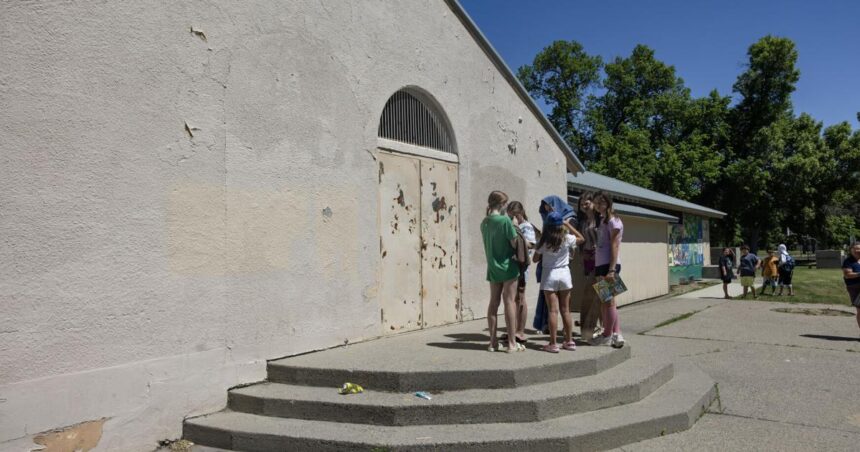City Council is set to give the green light to funding for the construction of a pedestrian and bike trail along Zimmerman Trail.
At the same time, the Parks Department is facing challenges with maintaining and repairing existing parks within its current budget constraints. A budget increase is not on the horizon, as tax revenue is increasingly allocated towards law enforcement, due to community worries about public safety, and taxpayers are becoming more resistant to further tax increases.
Despite the uphill battle, parks and trails have support from influential organizations like the Downtown Billings Association, Big Sky Economic Development, the Billings Chamber of Commerce, VisitBillings, Billings Area Realtors, the hospitals, and Mayor Bill Cole, who previously chaired the Chamber’s trail advocacy committee.
People are also reading…
However, a parks, trails, and rec bond of $143 million proposed last fall failed by a significant margin, with 10,204 voters in favor and 22,224 opposed.
“We engage in discussions and planning for the future, but struggle to translate that into ballot support,” commented Jeff Ewelt, executive director of ZooMontana and a parks and trails advocate.
Parks advocates are grappling with the interpretation of whether the failed ballot measure was a vote against parks or simply an overly ambitious ask.
“Everyone wants a park, but not if it means an additional $100 on my city/county taxes,” stated Ross Waples, a parks advocate focusing on Yellowstone River trails. “People are very sensitive about taxes, especially in the current climate where school levies struggle to get approved.”
Kristi Drake, executive director of Billings TrailNet, noted that public safety issues and recent violent crime incidents impacted the timing of the vote.
“The bond proposal came right after a property tax increase, which was tough to swallow,” she explained. “Then a spate of violent crimes occurred within that same week. It couldn’t have happened at a worse moment.”
Leading up to the Nov. 6 vote, several tragic shootings took place, adding to the climate of fear and uncertainty.
Kristi Drake
Councilman Scott Aspenlieder, who criticized the bond measure as “wildly reckless” initially, now sees the vote as more of a financial burden concern rather than a lack of interest in parks. However, he believes, based on the failed school levy, that taxpayers are currently not inclined to fund additional projects.
“Looking at the outcomes of other ballot measures, it’s clear that everyone is reaching a limit and as a government entity, we need to acknowledge that,” he stated.

Mike Pigg, the Parks Department director, has accepted the vote results and has no plans to seek additional tax funding from the community.
“The bond would have brought significant changes to the department,” he acknowledged. “But we acknowledge the community’s decision and are focusing on our current operations.”
Despite the seemingly large bond amount, the city has over $250 million in overdue projects.
“Considerable thought went into prioritizing these projects within the $143 million request,” stated Councilwoman Kendra Shaw in an interview with the Chamber of Commerce.
Parks or police?
The competition for resources between public safety and parks is becoming more evident with the expiration of “Parks District 1,” a tax assessment supporting parks with independent funding. Due to a law passed by the 2021 legislature, the assessment will expire in December, with council setting it to $0 for the current year.
“Being part of the general fund, it’s challenging to compete with police and fire,” Pigg noted. “Council gives top priority to public safety.”
Councilman Tom Rupsis, a former Parks Board chair, echoed similar sentiments.
“As parks compete with police, fire, and public safety in general, they are often the first to face budget cuts,” he explained. “Public safety will always take precedence due to public pressure.”





